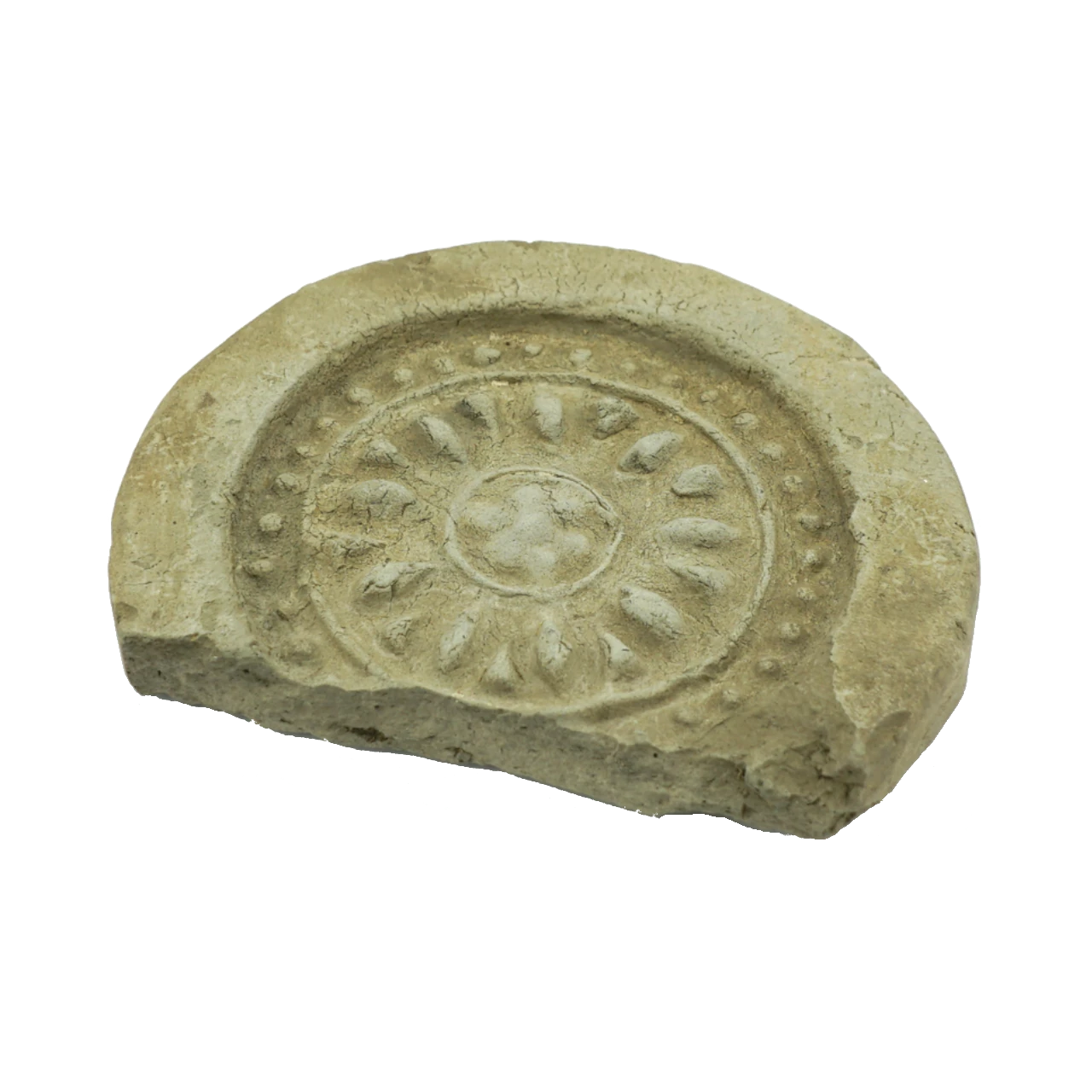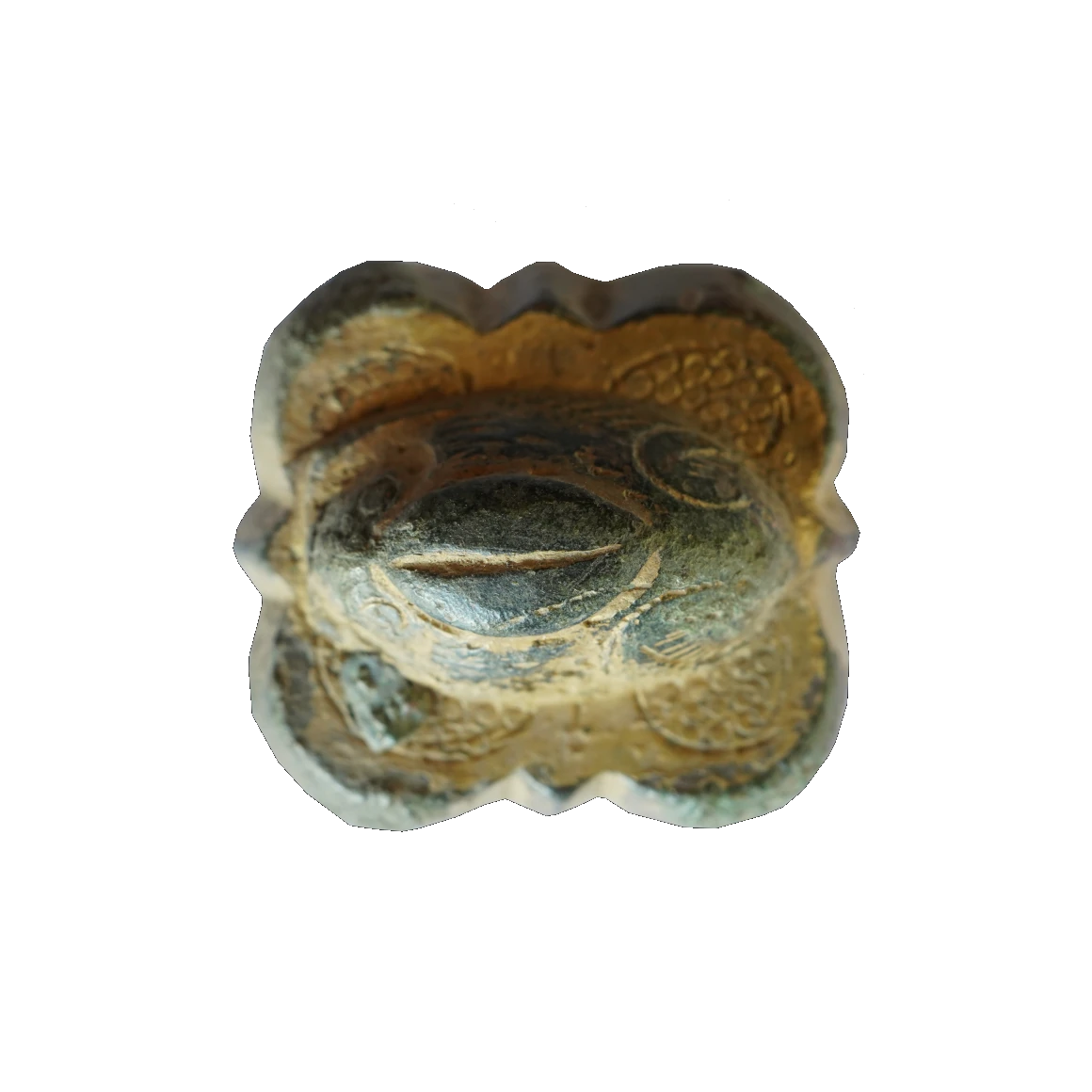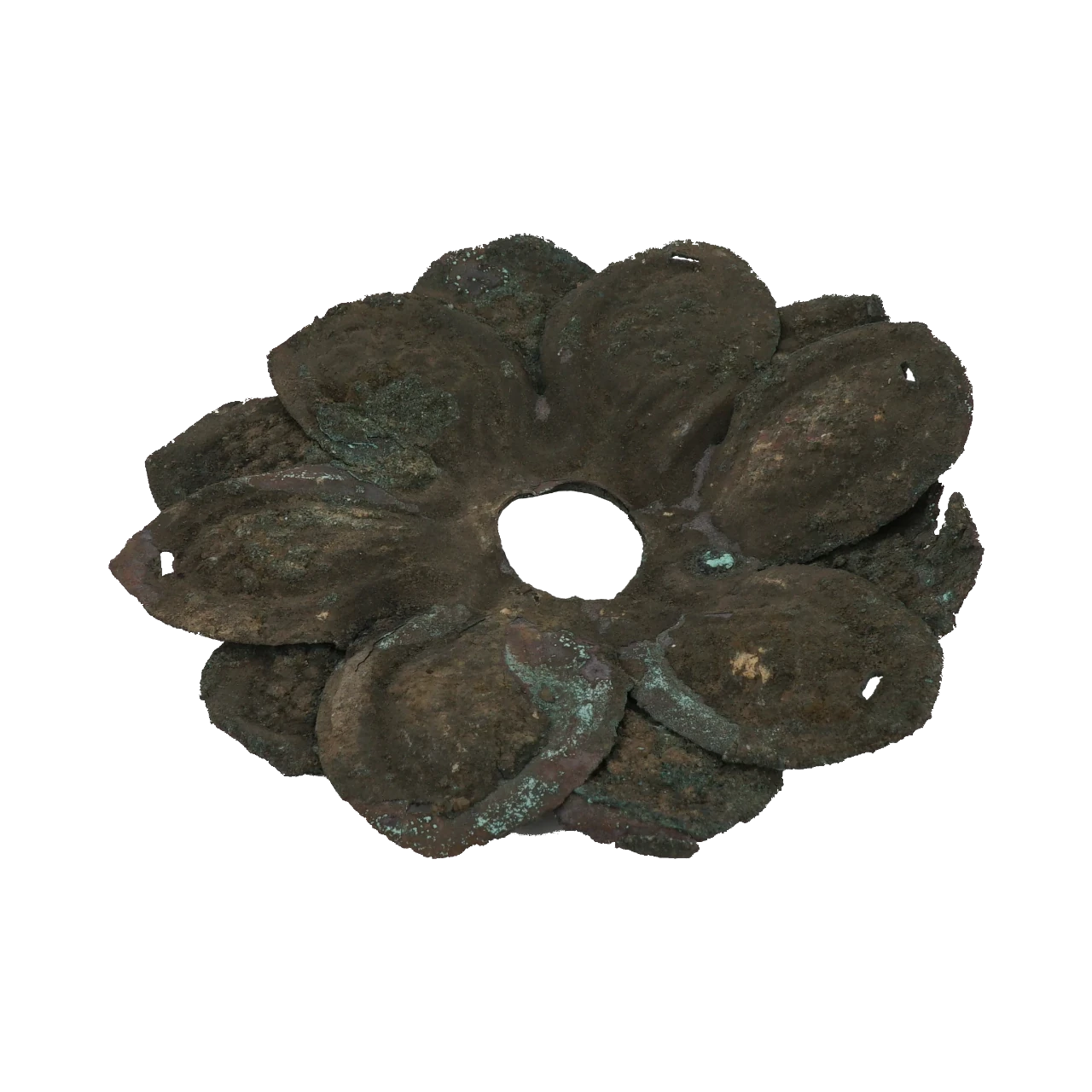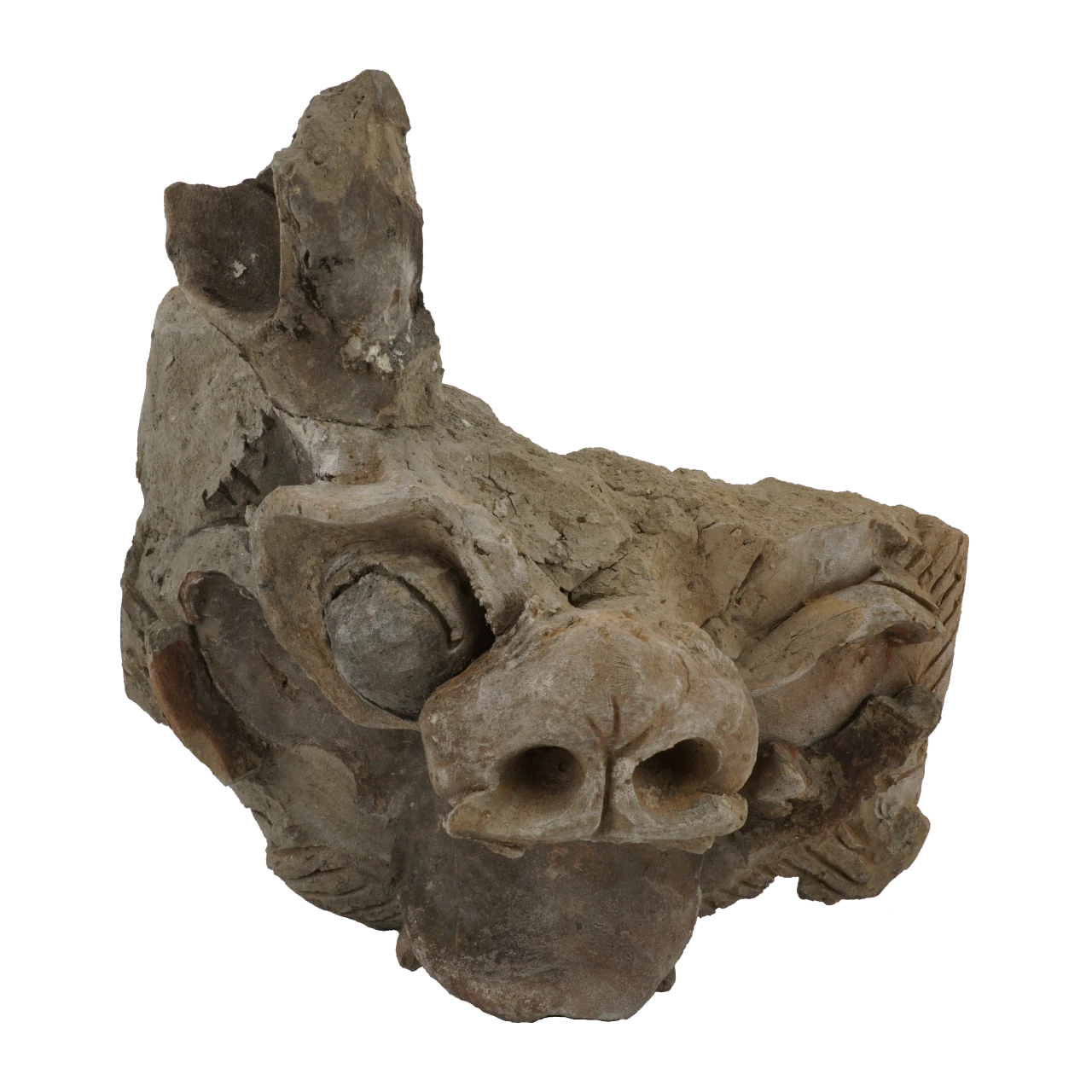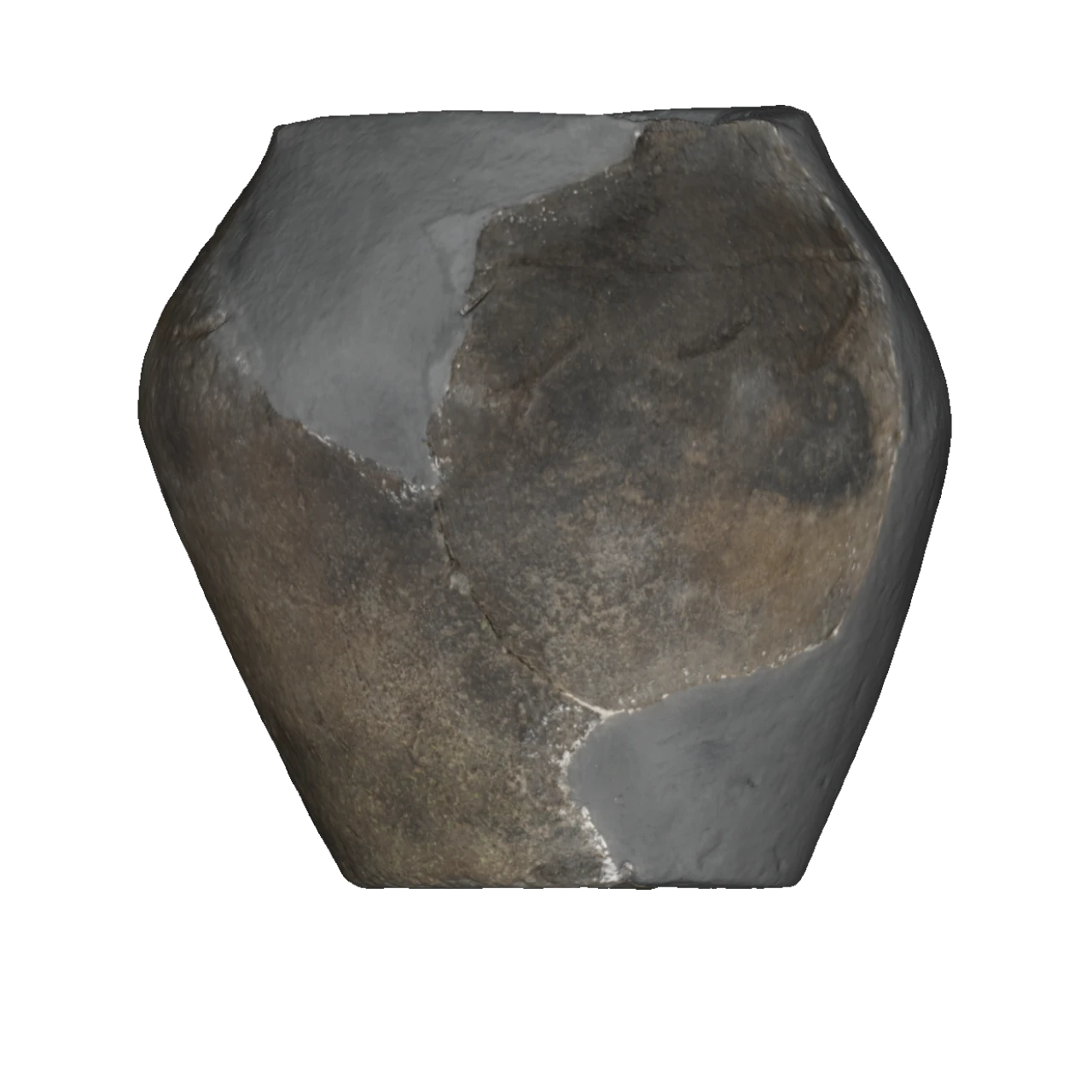
The Uyghur Capital Karabalgasun
Karabalgasun, the former capital of the Uyghur Empire, was an important cultural and political centre in the 8th and 9th centuries. Situated in Mongolia’s Orkhon Valley, the city bears witness to an impressive mixture of sedentary and nomadic culture. Its ruins tell of a time when Karabalgasun was a melting pot of international influences.
Various Building Complexes
Thanks to the evaluation of the city layout and numerous excavations, various statements can now be made about the structure of the city and the function of the individual city areas. The craftsmen’s quarter and the Manichaean temple of Karabalgasun were discovered along the up to 80 m wide main street. However, the most prominent part of the city complex is the temple or palace city, whose towering walls are still visible in the landscape today. Inside the temple and palace city, the so-called stupa, the highest elevation in the city at around 13 meters, rises up from inside the palace wall. In the south-eastern part of the temple and palace city is the citadel, presumably the royal residential area. It also includes the unique discovery of the 13-metre-deep well. Another important artifact is the trilingual inscription of Karabalgasun, from the time of the Uyghur Khaganate, which was located within the area of the Manichaean temple. On the outskirts of the imposing city complex, the buildings slowly loosen up and merge into the steppe landscape. Although written sources report otherwise, the city was not surrounded by a city wall.
